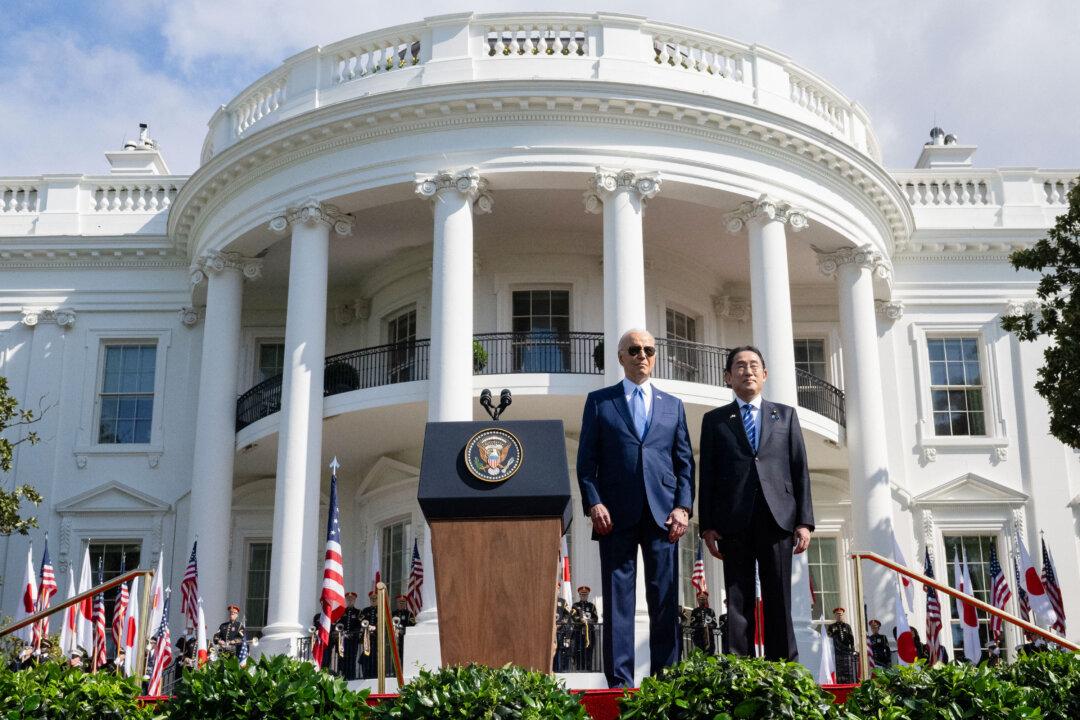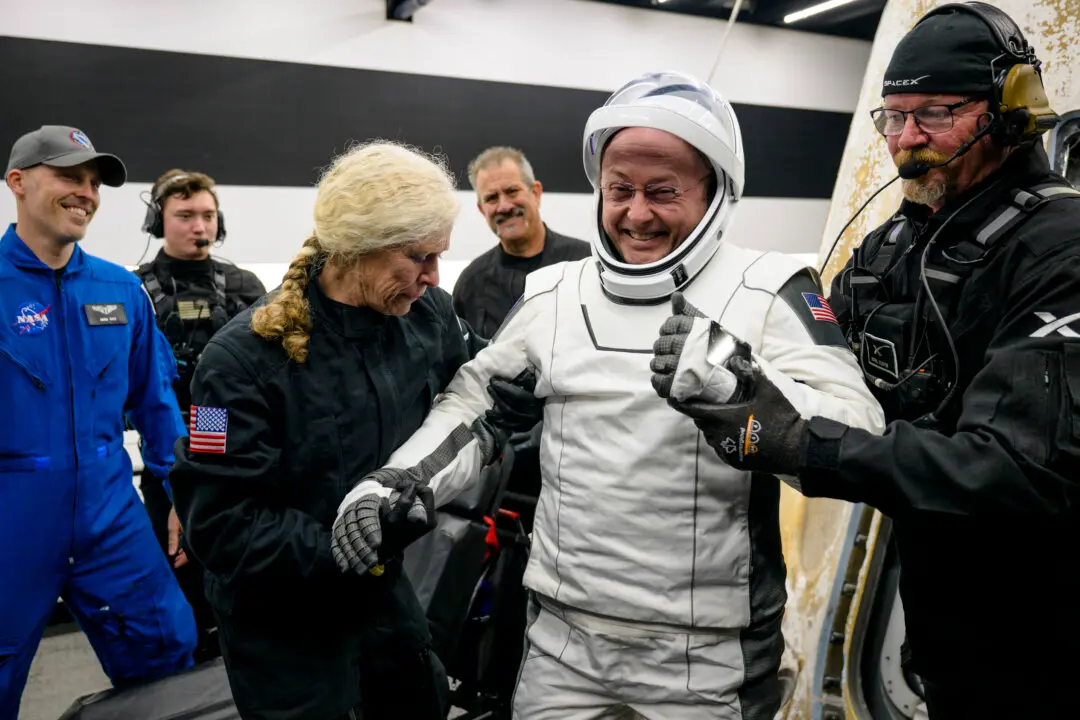WASHINGTON—President Joe Biden welcomed Japanese Prime Minister Fumio Kishida to the White House on April 10 for a bilateral summit, describing the outcome as “the most significant upgrade” in the alliance since its inception.
“The alliance between Japan and the United States is the cornerstone of peace, security, and prosperity in the Indo-Pacific and around the world. Ours is truly a global partnership,” President Biden said as he welcomed Mr. Kishida and his wife during an official ceremony.






